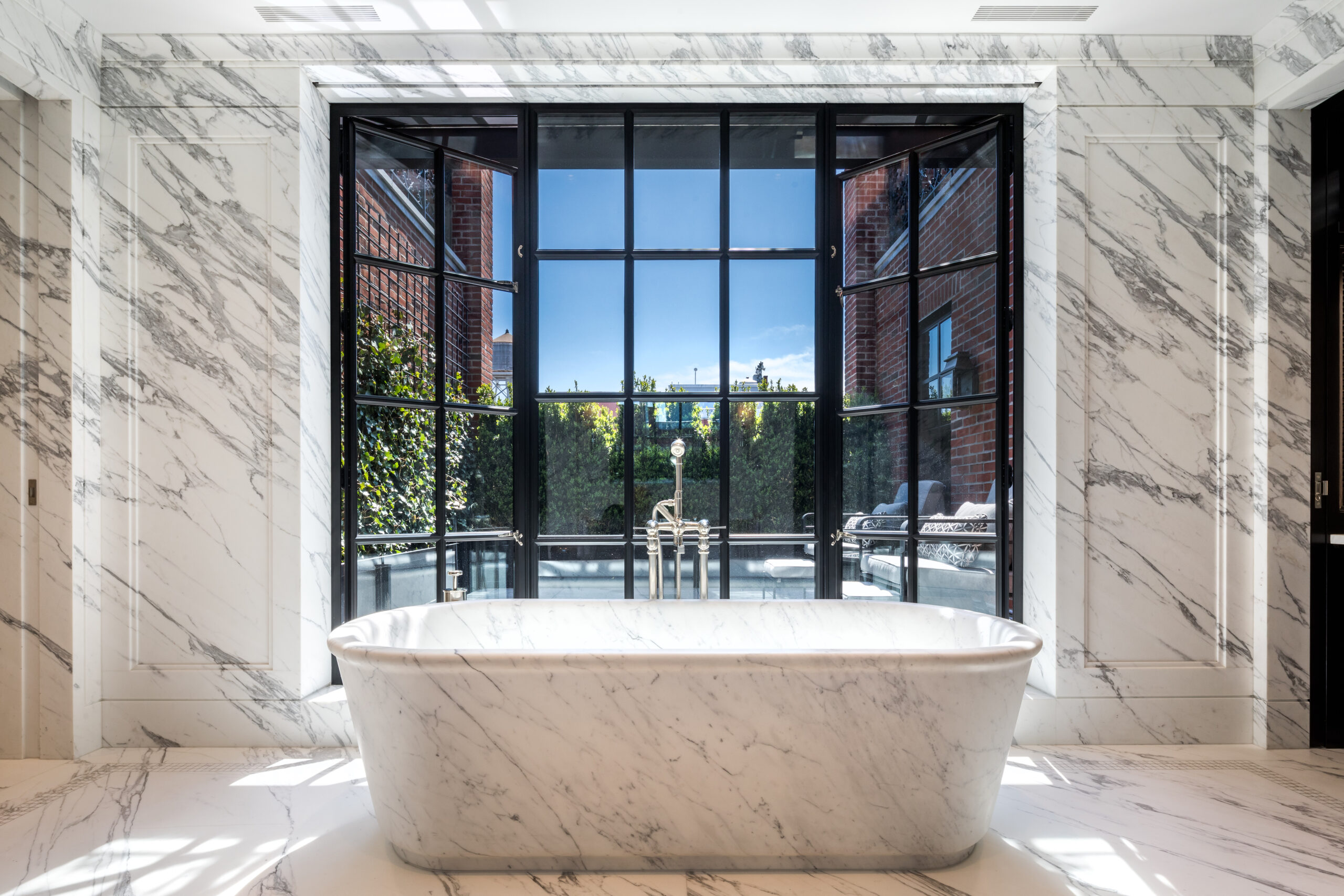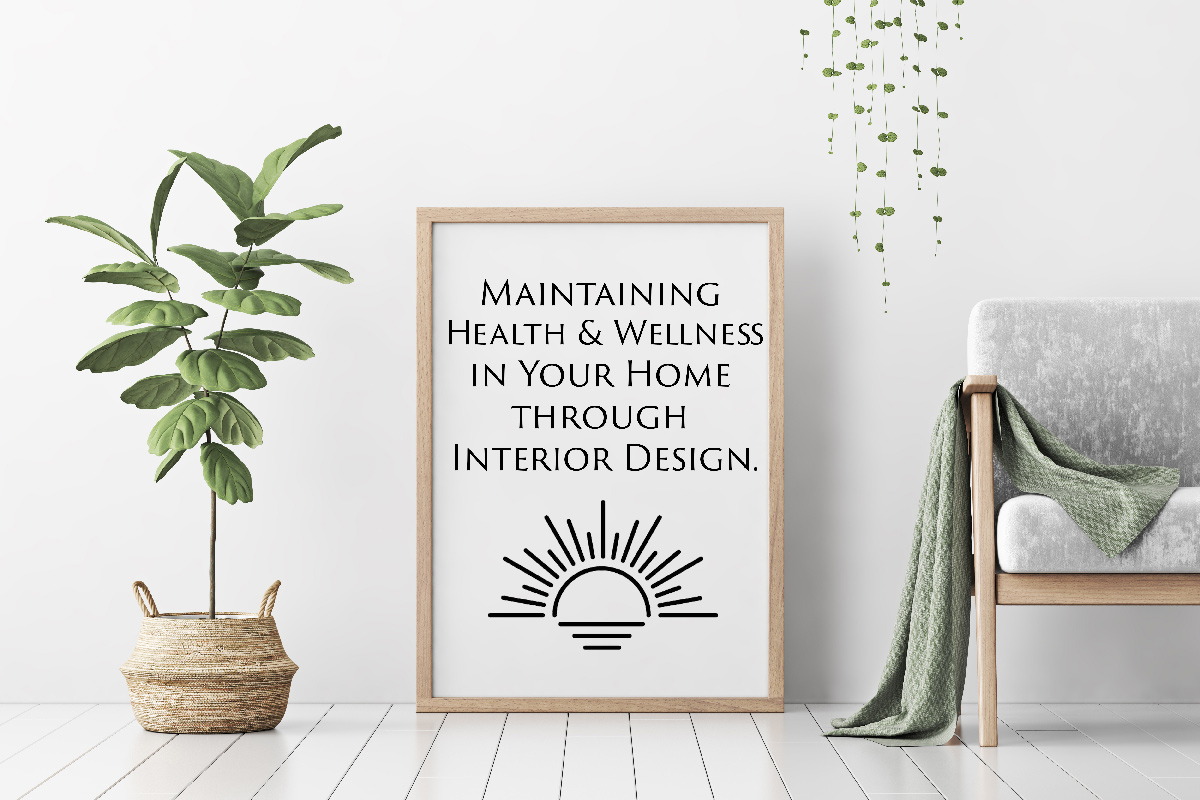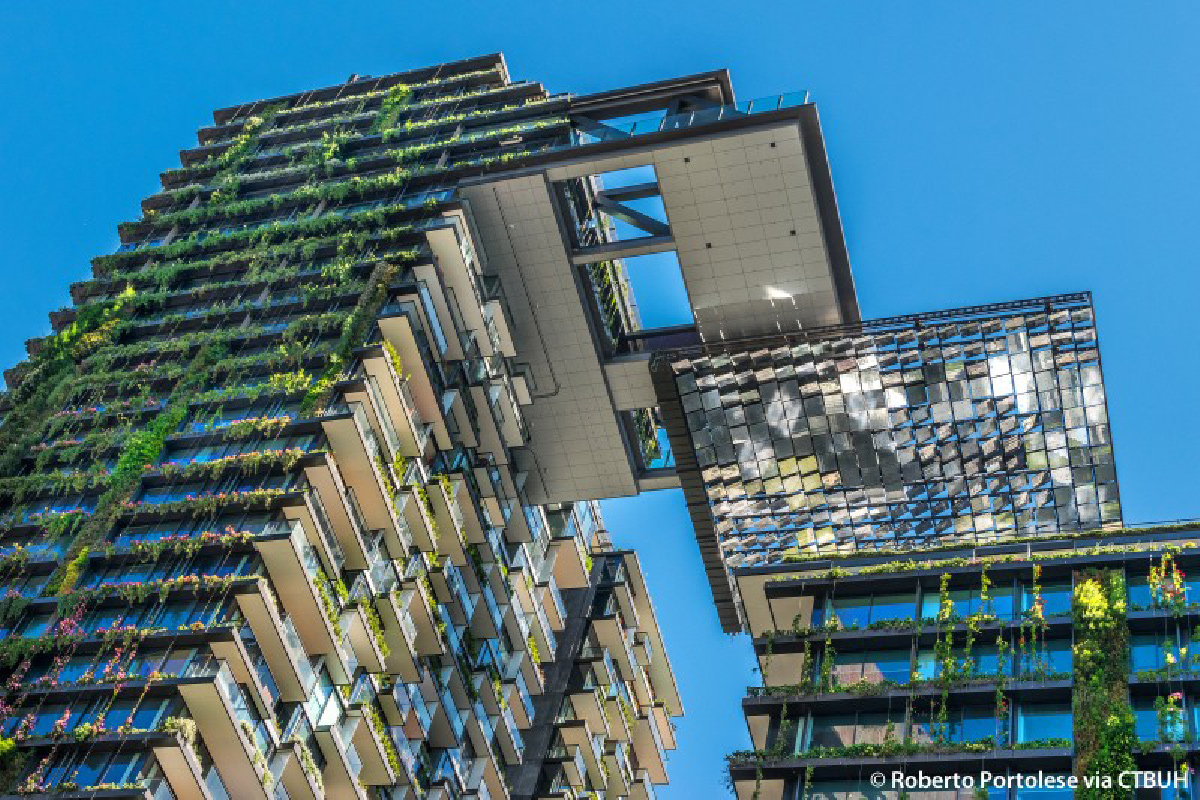It would surprise many to know the concept of sustainable architecture has been around for centuries. For example, when the ancient Greeks ran out of fuel sources (wood, coal) they began positioning buildings towards the sun to maximize heat retention. Ancient Greeks also used geothermal energy to heat their baths and homes. Ideas like these have carried on throughout history and led us to where we are now.
What is Sustainable Architecture?
Sustainable development is the goal for many urban and metropolitan cities. This means striving to meet the needs and conditions of everyday life while not compromising the resources needed for the future. Sustainable architecture is the idea of designing and constructing buildings in order to have low environmental impact, thus, lowering our ecological footprint.
There are many reasons why an architect or designer would want to create a sustainable building. Some of the most important include the positive impacts on health, long-term cost savings, and comfort/ livability for the tenants.
Three benefits of sustainable architecture and design:
Cost reduction
A green building costs less to make because less water and energy is needed to complete the project. The life-time savings of a green building are also higher as the utility bills (electricity, water) will be lower. As a result, the long -term property value of a sustainable building is typically greater than one that is not built using green technologies.
Increased productivity and better health
In this article by The Guardian, the author writes how environmentally friendly buildings provide for increased workplace productivity. For example, incorporating low air-polluting furniture, paints and carpets as well as providing external open views allowing for fresh air, lead to healthier indoor work experiences.
Protects our environment
Renewable energy makes buildings efficient and less harmful to the environment because it utilizes natural resources. (ex: Solar power uses the sun as energy)
After learning the benefits of sustainable architecture, it’s important to note how some architects are implementing this in their work. Below, we feature the work of architects and designers both in the New York area as well as around the world.
1. Jean Nouvel
Nouvel is regarded as one of the greenest and forward-thinking architects designing sustainable buildings. You might be familiar with one of his most famous project: One Central Park in Sydney Australia.
This project is noted for its various sustainable features. For example, the residence has hydroponic walls and low-profile horizontal planters designed by botanist Dr. Patrick Blanc. A hydroponic wall is a system that can mount to any vertical surface- recirculating water and nutrients to keep plants healthy.
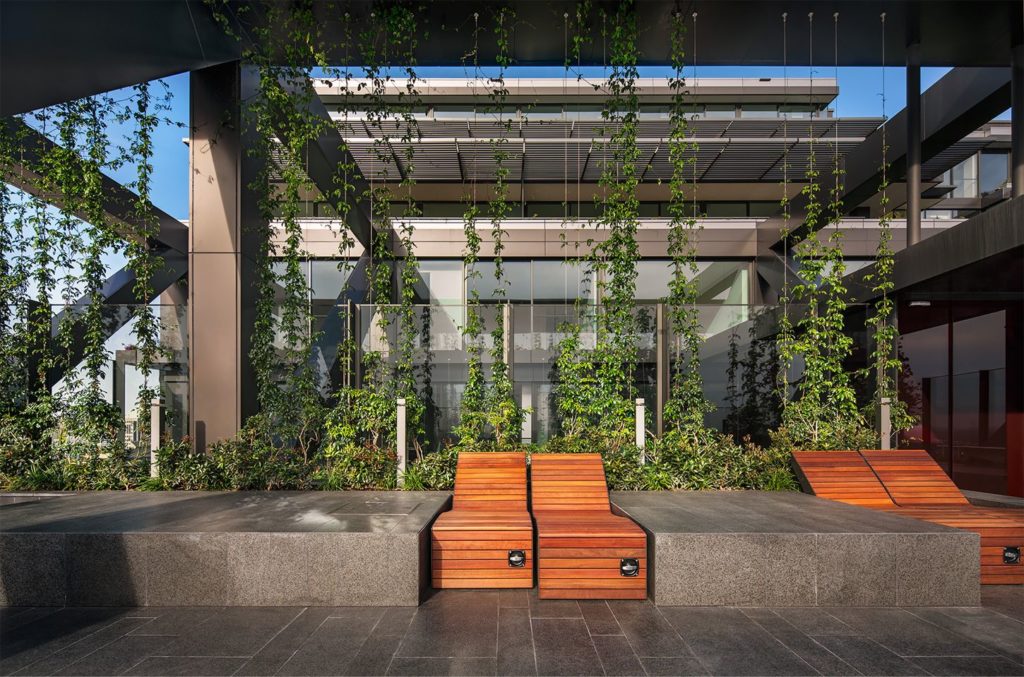
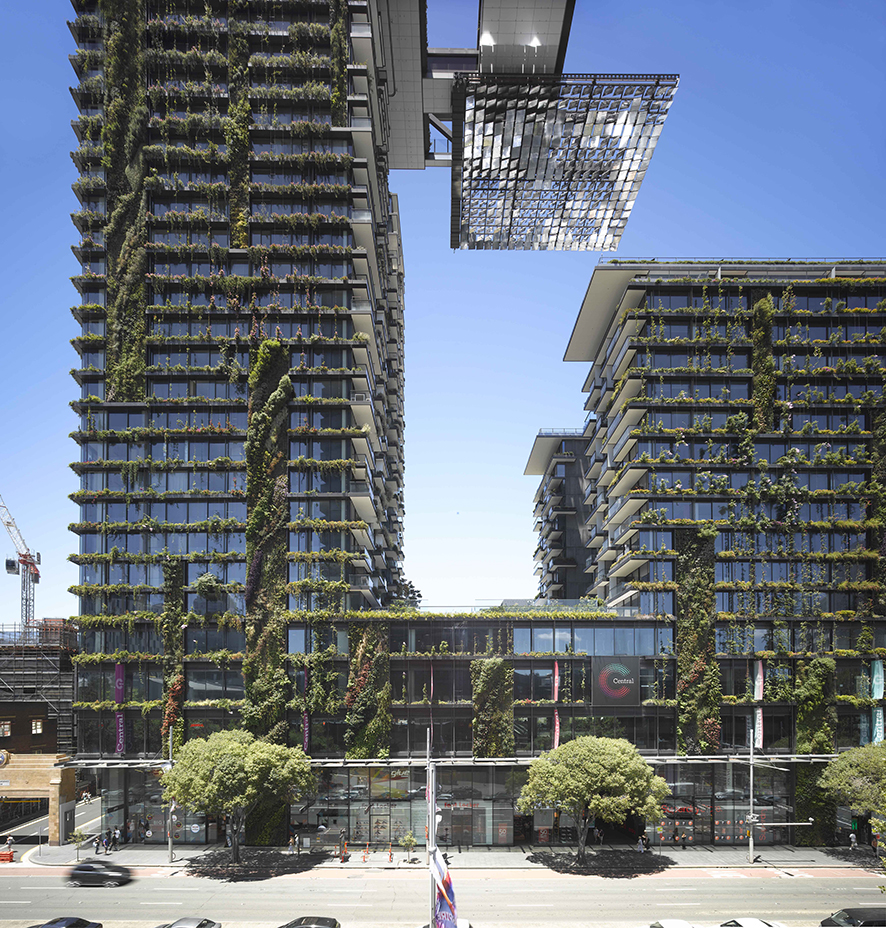
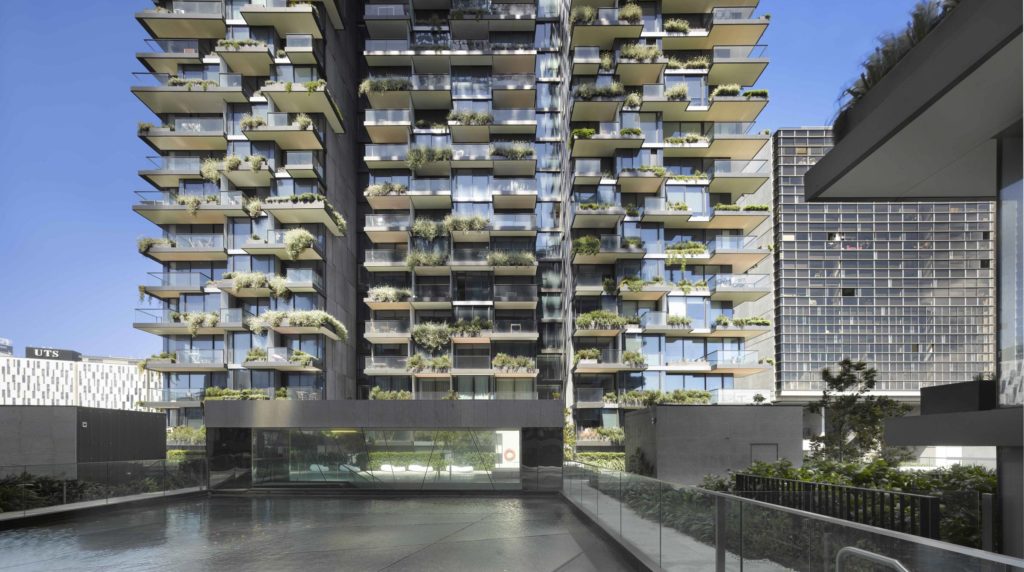
The plants are a natural sun control device that change with the seasons. In other words, during the winter they allow the most sunlight and during the summer they shield the apartment from direct sunlight exposure. This reduces the need for air conditioning and other excess use of electricity.
2. Roland Kraeher
Roland Kraeher is principal of the award-winning studio Kraeher Architects. His firm is dedicated to creating sustainable buildings while taking in consideration the habitat, history and tradition of the surrounding community.
One of his current ongoing projects with Murphy Burnham & Buttrick Architects includes the restoration of Saint Patrick’s Cathedral in New York City. The project includes both internal and external restoration and an addition of a 240-pound geothermal mechanical plant.
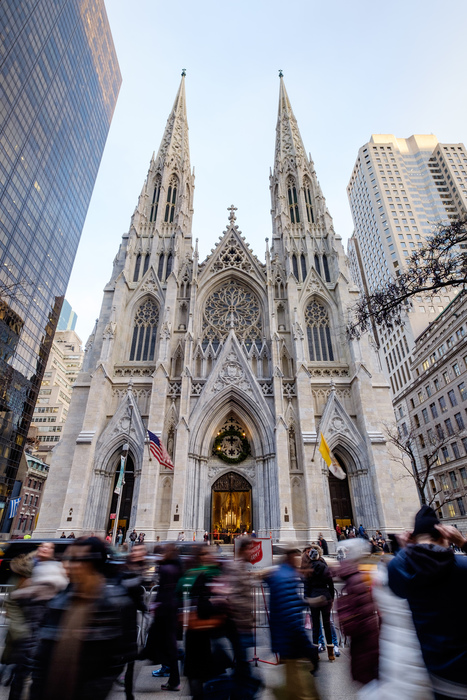
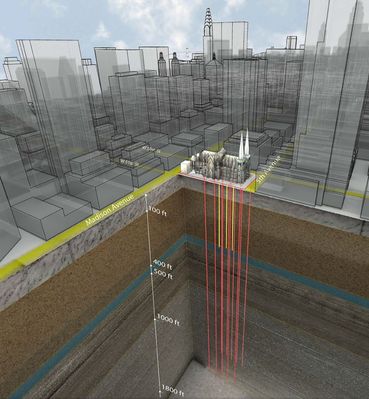
A geothermal mechanical plant will help heat and cool St. Patrick’s Cathedral with geothermal energy and in turn will reduce their carbon footprint. Although the geothermal system costs millions to install, it will pay off in the future as there will be reduced energy costs.
3. Esther Sperber
Esther Sperber is the founder of Studio ST- a Manhattan-based and woman-owned architecture firm. The firm focuses on “responsible design that enhances sustainable design and production.” Esther is passionate about the relationship of architecture and psychoanalysis and the idea that responsible design can reduce human distress.
Esther has a commitment to both sustainable low-budget creative designs as well as high-end residential interiors. Her project Slice House is a prime example of a sustainable and affordable house.
The Slice House, in Atlanta Georgia, is a “low cost, hybrid-fabricated family home”, and “is an extruded box from which slices were cut to reduce its size and respond to functional needs and sculpt spaces.”
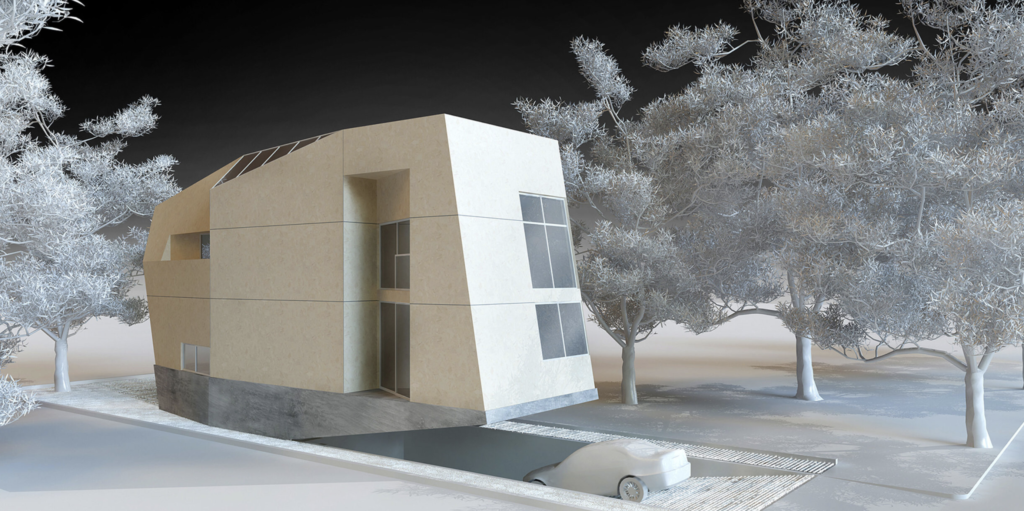
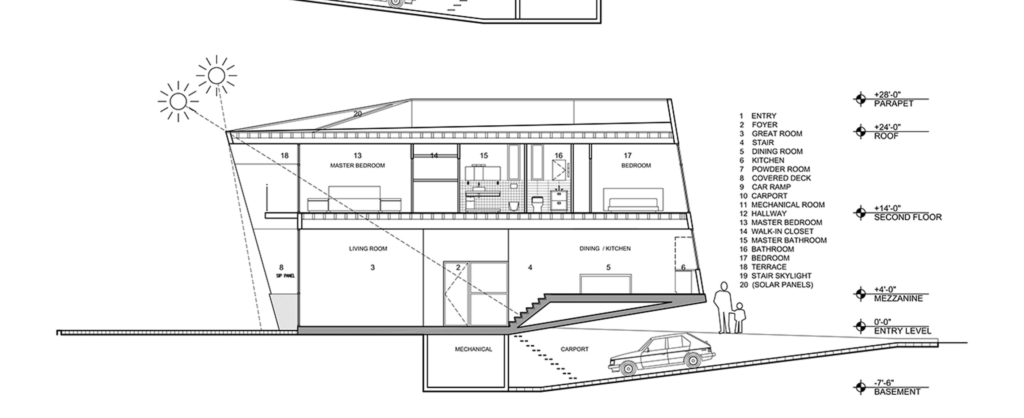
The house has huge windows making it easy for sunlight to enter. In turn, this heats the concrete floors, moderating the temperature changes throughout the day. In the summer, the large roof overhangs which blocks the sun so the house is kept cool.
4. Adjaye Associates
David Adjaye is a British-Ghanaian architect with studios in London, New York and Accra. His firm was established in 2000 and one of their most notable works is the Smithsonian Institution’s National Museum of African American History.
Adjaye has a unique view of sustainable design and says it should go beyond the materials or energy you use- rather it should always be apart of your design. His firm aims to design sustainable buildings and residences using inexpensive materials.
His 2011 project Moscow School of Management features a disc 475 feet in diameter that has academic rooms and recreational facilities. The disc allows for a compact campus and therefore reduces the need for excessive energy consumption- something that would seem impossible in a country like Russia that has extremely cold temperatures.
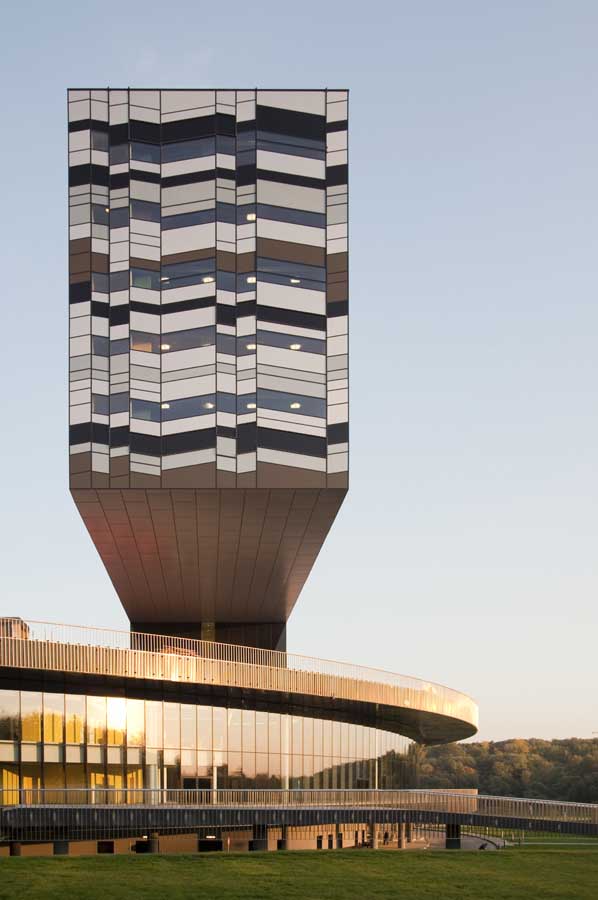
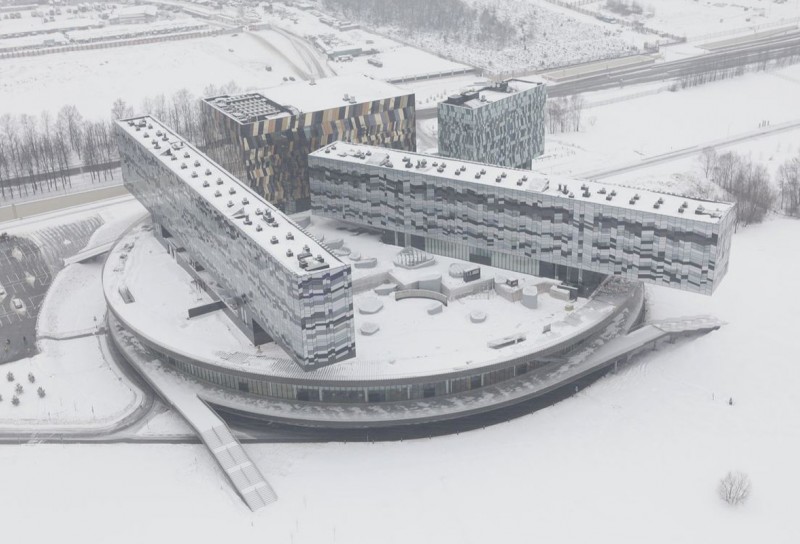
In an interview with Aperture Foundation, Adjaye says:
“If you’re making homes, they have to become no longer just components of the city, but refuges. They are a battery recharge for the body before going back into the world.”
In other words, your home should be a place you can retreat. This is exactly what one might need in a city like New York. Look out for his new project: 130 William- luxury condominium tower in Lower Manhattan.
5. Tom Winter Architects
Tom Winter is the founder and principal architect of Tom Winter Architects with firms in New York and Berlin. His firm designs sustainable buildings and focuses on keeping their ecological footprint as light as possible. Below, we feature some of Winters environmentally friendly buildings.
One of his sustainable projects is a mixed-use building in East-Williamsburg. This 7-story building has offices, a restaurant and apartments. The main feature of the building is the kinetic façade which allows the users to control the temperature. A kinetic façade “dynamically changes rather than being static or fixed,” which allows “movement to occur on a buildings surface,” reducing the thermal energy of a space.
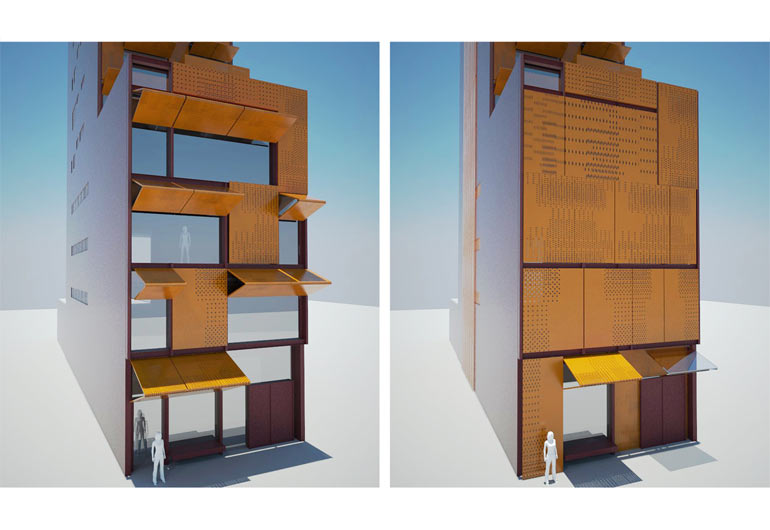
The Sustainable Waterfront house (pictured below) located on the North Shore of Long Island also has sustainable features such as geothermal heating and cooling (which uses the temperature five feet below the surface of the ground to transfer heat between your home and the earth). It also features a green roof, a rain-screen façade, automatic blinds in all the rooms and solar panels on the roof.
Moreover, it is a beautiful house featuring an indoor pool.
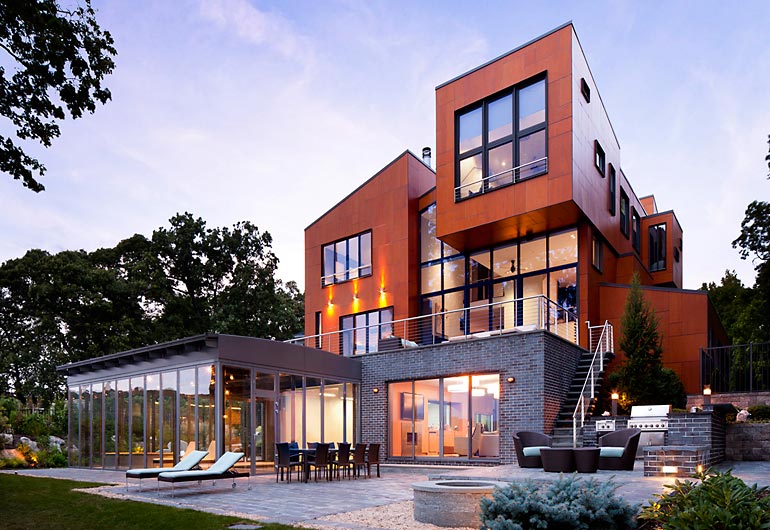
Conclusion:
As New York plans to become carbon neutral by 2050, it is important that architects and builders keep designing sustainable buildings in order to create sustainable cities. The architects we featured above are using their knowledge to implement these changes in their own ways.
Practices such as installing geothermal mechanical plants, or even a façade on buildings are ideas that can protect our earth so it is livable for generations to come. Although it may seem like the price of implementing these green buildings/designs are costly, it will eventually pay off when your great grandkids are able to enjoy a luxurious lifestyle in a healthy city.
- 5 Factors to Consider Before Hiring Your Next General Contractor - December 8, 2020
- 5 Architecture & Design Shows You Should Binge This Autumn - September 22, 2020
- Architect Spotlight: Meet Andrew Ballard - September 8, 2020
